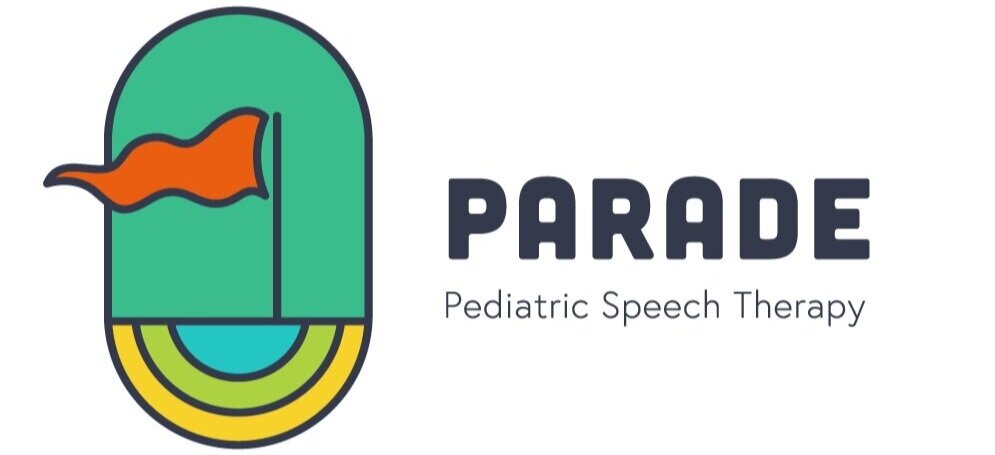How I Make Online Speech Therapy Sessions Fun for Kids!
As a pediatric speech-language pathologist (SLP), I love connecting with kids, parents and caregivers through online speech therapy! Teletherapy, also known as telepractice, is a service delivery model where speech and language therapy is provided via a secure, HIPAA compliant video conferencing platform. Many research studies have shown that online speech therapy is just as effective as in-person therapy for many kids with communication disorders.
Many of us have gotten more familiar with distance learning over the past year. Did you know that telepractice has been endorsed by the American Speech and Hearing Association (ASHA) as an effective service delivery model for speech-language therapy for many years, even before the pandemic?
You may be wondering how online speech therapy sessions can be engaging enough for kids to pay attention and learn. I've been a pediatric speech therapist for almost 11 years and I have been providing online speech therapy services for a few years. I continue to be passionate about finding creative ways to help kids get the communication skills they need through teletherapy, for preschoolers and older children alike!
By paying close attention to the child's needs and interests and working together with parents and caregivers, I plan research-based therapy activities filled with fun games to improve communication skills such as articulation, language, and learning about neurotypical social skills.
Here are some ways that I make my teletherapy sessions fun, interactive and engaging for young learners!
Make a plan. Have you ever gone to a meeting without an agenda and felt frustrated because you didn’t know what you were going to be talking about or how long the meeting was going to last? A session without a plan can sometimes feel disorienting and overwhelming to kids. By using a plan, or a schedule, I help kids keep themselves regulated because they know what will come next and when the session will end. For younger kids, I make a list using pictures of activities in a blank Google Doc and for kids that can read, I type out the names of the activities. As we do each activity, we check them off, so kids know what they’ve done and how much is left to go.
Use individualized, motivating activities. Before starting therapy, I always find out what the child is interested in. Then I use these interests to make speech therapy fun! If they are into a certain movie or character, I utilize that character in my session. Or if they really like to play a certain game, I find an online version of the game so we can play together! One resource I also love to use is Boom Cards, which are interactive games and digital flashcards that make practicing targeted speech and language skills easy! And kids love them!
Provide choices. Even though there are specific speech or language goals we need to target in each session, I provide choices within each activity to give my kids some control and a sense of ownership. They love being able to choose their own game board piece, or pick which sound they want to work on first if they are working on multiple speech sounds.
Use virtual backgrounds. I love using green screen virtual backgrounds! This has been a game changer for my kids. I tell them we are going on an adventure, and then I’m suddenly in a different “world’ and I need their help to navigate it. Virtual backgrounds with multiple scenes provide the opportunity to practice speech sounds, use grammatical structures, answer wh-questions and participate in story retell. Check out these virtual backgrounds I use at GoGoSpeech!
I love providing quality, engaging speech therapy services to kids and teens. Online speech therapy is effective, fun and convenient. If you are interested in finding out more about online speech therapy, contact me for a free phone consultation and a free trial online therapy session with your child!

